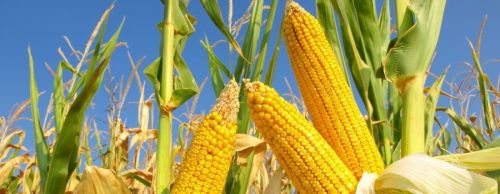
USDA Did Give Us a Few Surprises
Article By: Rich Morrison, NAU Country
Some of the changes in the December WASDE Report were anticipated, while a few were surprises. All eyes were on the soybean balance sheet. USDA did increase the domestic crush forecasts by 15 million bushels, which dropped ending stocks to just 175 million bushels. This would be the tightest US stocks since 2014, when carryout fell to only 92 million bushels, with a stocks/use ration of just 2.6%. We're not nearly that tight yet, but so much will ride on South American production over the coming months. USDA did leave Brazilian production unchanged at 133.0 mmt, close to many other analyst estimates. But USDA did cut Argentina's soybean crop 1 mmt to 50.0 mmt. USDA lowered its world-ending stocks by 1 mmt. Back in the US, USDA also raised its Average Farm Price estimate for soybeans 15 cents to $10.55.
USDA didn't make any changes to its US corn balance sheet, when the trade was expected a drop in stocks. They also kept their MYA price estimate at $4.00. USDA raided its wheat demand and dropped its ending stocks estimate by 15 million bushels to 862 million bushels. That's the tightest US carryout since 2009! World stocks were also reduced nearly 4 mmt to 316.5 mmt, but that's still a record number. So while the US balance sheet seems friendly, world numbers remain bearish. USDA kept its MYA price estimate unchanged at $4.70.
The crop with the BIG changes this month was cotton. Cotton is the one crop that USDA does update production on in December, and USDA cut yield dramatically to 850 million pounds, a cut of 61 lbs or 6.7%. States with the biggest yield cuts were:
- Louisiana - dn 146 lbs
- Texas - dn 113 lbs
- Florida - dn 73 lbs
- New Mexico - dn 69 lbs
- Oklahoma - dn 52 lbs
USDA also increased cotton demand, bumping exports up to 15 million bales. The reason for that is reduced production in both India and Pakistan, which has brought a bit of Chinese demand to the U.S. Ending stocks were cut 1.5 million bales, and if forecasts for less planted acres in 2021 come true, the cotton market could be much more interesting in 2021!
NAU Country's Rich Morrison offers insightful daily analysis on commodity market fluctuations and pricing trends. To sign up for his daily analysis on commodity fluctuations, visit NAU Country.



